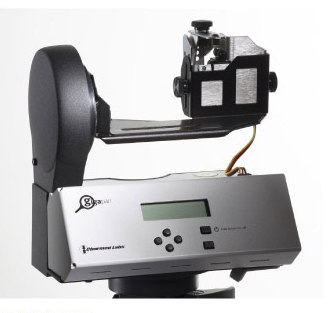Indoor deliverbots on the rise
Submitted by brad on Wed, 2009-01-28 15:13Here's a nice story about the Kiva warehouse delivery robot now being used by major retailers like The Gap. Factory floor robots have been around for some time, and the field even has a name "automated vehicle guidance systems" but these newer deliverbots kick it up a notch, picking up shelves and bringing them to a central area for distribution, finding their way on their own with sensors.




